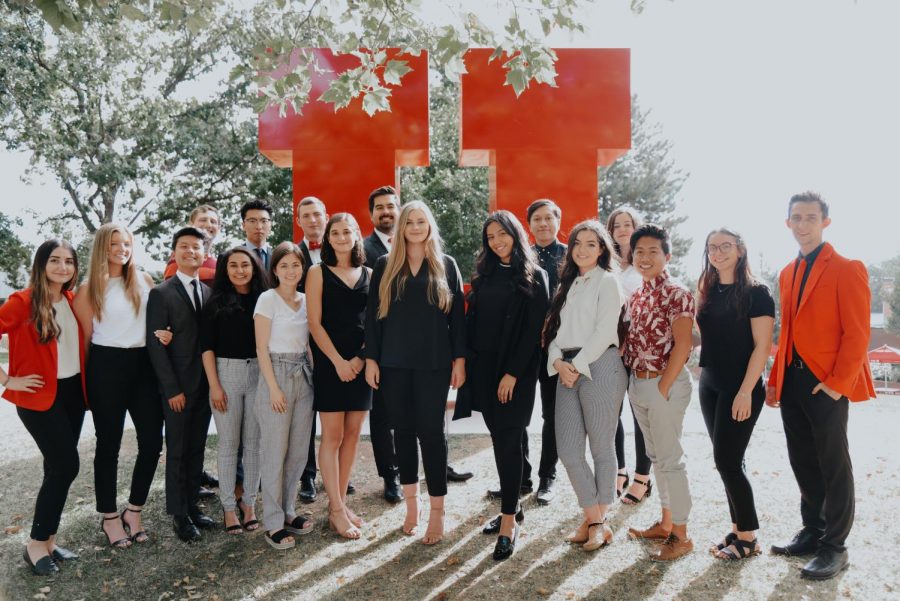How Does ASUU Reflect the Demographics at the U?
November 17, 2019
The University of Utah reported a total of 32,994 students in the 2018-19 school year, with a breakdown of 15,508 men and 17,486 women. The majority of undergraduates identified as non-Hispanic white. The next largest percentages of students identified as Hispanic and Asian
Student representation and voice on campus are provided partially through the Associated Students of the University of Utah — the student government. ASUU is meant to represent and work for the campus community as a whole by planning events, coordinating clubs and providing other services for students at the U. Any student taking at least one credit hour is able to run for office and participate in the organization.
ASUU is made up of three separate branches — legislative, executive, and judicial — and other groups such as the First Year Council. As of Nov. 17, the ASUU student directory listed 99 official members.
The executive branch consists of a female president, AnnaMarie Barnes, a female vice president of color, Latifa Yaqoobi, a male vice president of color, Gabe Martinez and a female chief of staff of color, Amanda Carrasco. The majority of the executive cabinet is female.
“When myself, my vice presidents and chief of staff were going through the hiring process, we really tried to reach out to every corner of campus to let people know that these opportunities are available,” Barnes said. “It really is about empowering people.”
Barnes said that the representation of identities within the executive branch, in addition to their qualifications, contributes to a larger scope of diversity and inclusion within ASUU as a whole.
“I’ve realized that my perspective as a woman is valuable, and it’s really valuable in a leadership setting,” she said.
Additionally, a majority of the members of the Assembly — one of the two houses of the legislative branch — are female. This includes two representatives from each of the 18 colleges, with 19 female members out of the current 36. The rules committee is evenly split between genders, with eight men and eight women.
Senate Chair Damon Ngo said that in his two years of participating in ASUU, it seems that representation amongst various groups on campus and traditionally marginalized communities has increased.
In a senate of 18 members, the other house of the legislative branch, there is a majority of graduate students which consist of only 8,251 of the total population of students. Ngo said that this population is traditionally underrepresented in their student government.
“There is so much ambition, drive and intelligence in the body this year and I’m proud to serve on the same body as my peers. I believe that the Senate can only become more effective,” he said.
Ngo also said that he feels like representation for women in ASUU is so high in comparison to that of higher legislative levels in Utah — only 20 out of 75 members of the Utah State House of Representatives are women —because more women feel capable of entering these spaces and are doing so earlier in their life.
“The fight to create a more welcoming environment in spaces of leadership is far from over,” he said. “We must all do more to tear down these institutions that only seem to value a portion of our population.”








